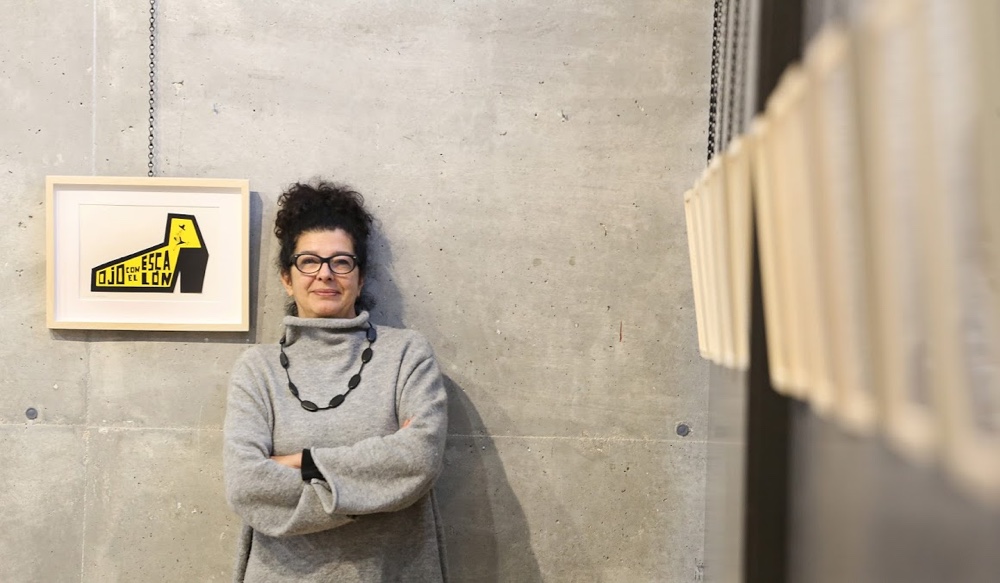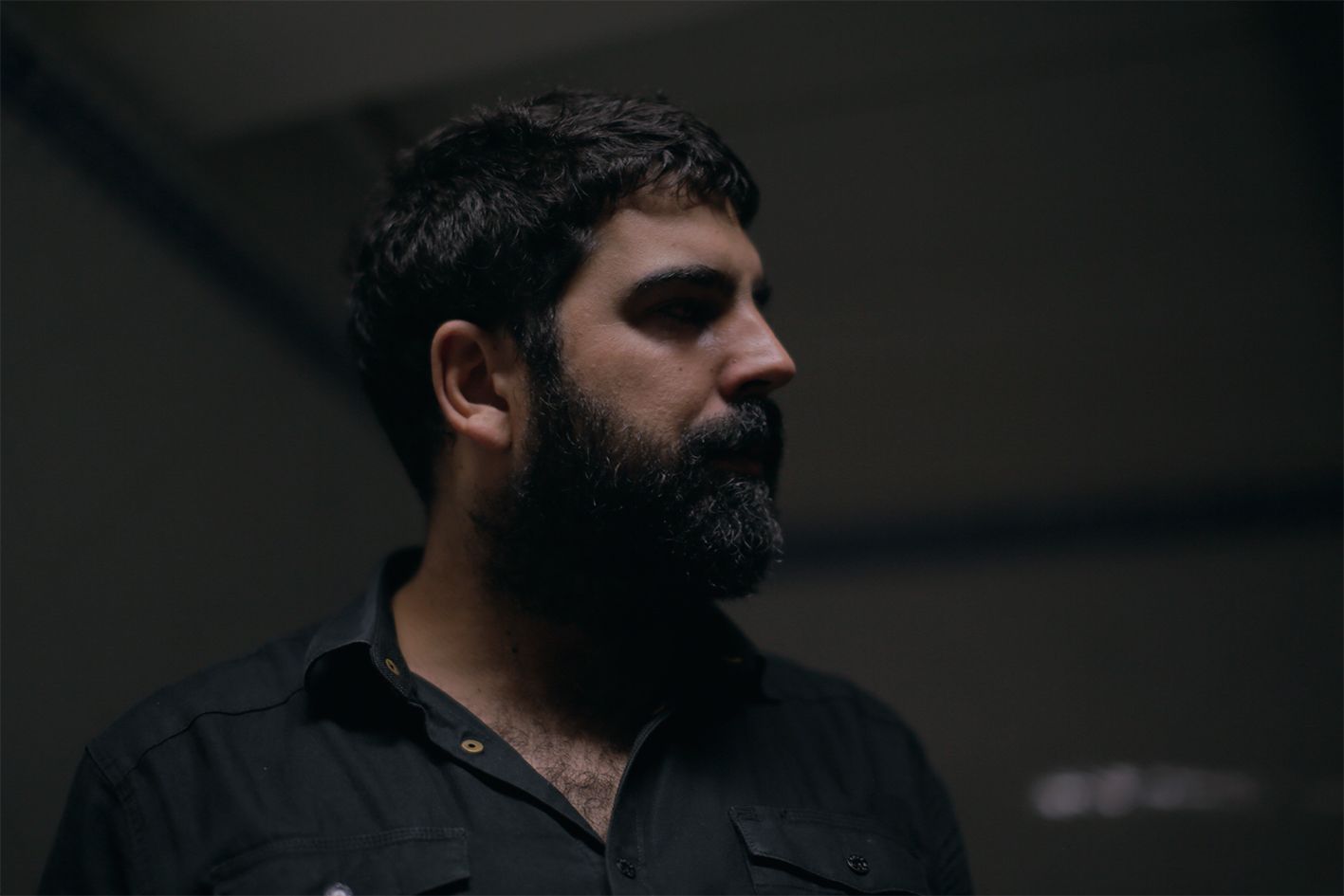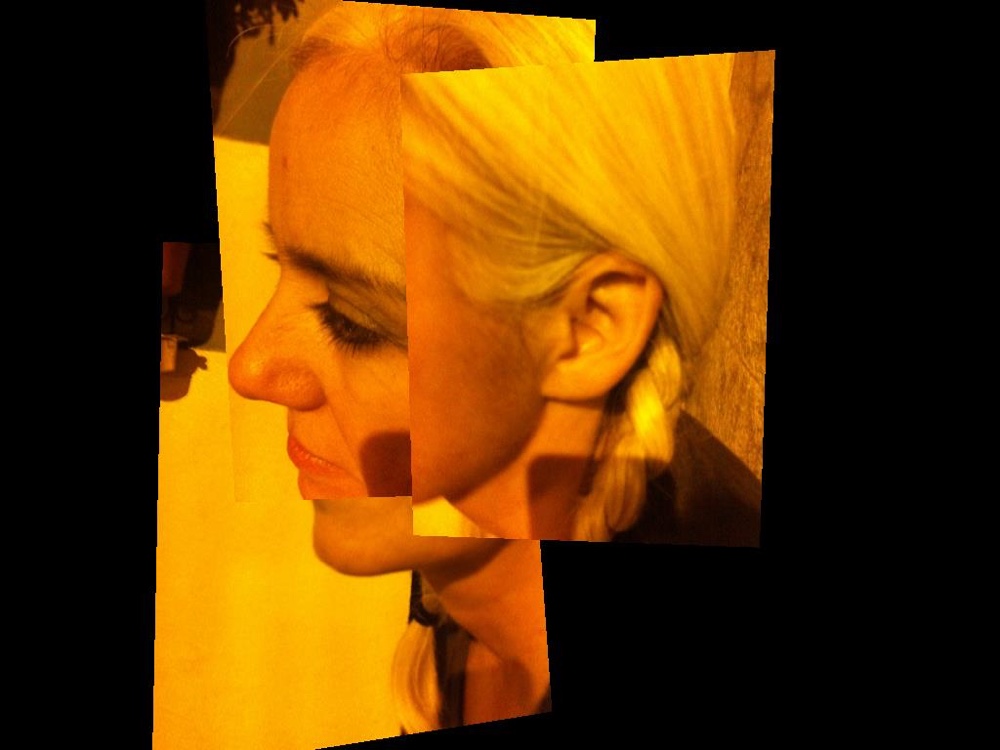#LZFFallBackOnArt
As part of LZF’s ‘People with Character’ series, we are delighted to feature interviews with a number of prominent artists, beginning with Perico Pastor.
Perico Pastor is a celebrated Spanish artist, known especially for his extraordinarily perceptive illustrations. Born in the small town of La Seu d’Urgell in 1953 and schooled in Barcelona, Pastor moved to New York in 1976, where he resided for around twelve years. His first show took place at The Cornelia Street Café in Greenwich Village in 1980, and in 1983, he had his first gallery exhibit at the Galeria Estampa in Madrid. Pastor has lived in Barcelona since 1989, and has exhibited his work at venues across the world. His illustrations are also published in a number of newspapers, including El Pais and the International Herald Tribune (renamed The New York Times International Edition), as well as in books, including Amigos and El Pequeño Cuento.

Perico Pastor.
A man who describes himself as ‘figurative but not realistic’, Perico Pastor is a curious character and as such, was an ideal creative mind for LZF’s ‘People with Character: #LZFFallBackOnArt’ series. Interviewing Pastor, he might be described as both philosophical and satirical, something best exemplified by his thoughts on how we interact with art: ‘There is only one way to interact with art: shut up and look, or read, or listen.’
Or download… in a bid to make the current lockdown situation that little bit more enjoyable, Perico Pastor has kindly provided a number of his figurative illustrations, free to download. Just click the image above, print them out, and put them up at home.
For people who don’t know you, how would you describe yourself?
(PP) That’s a tough one. Almost as tough as describing my art. But at least with my work I have come up with a stock answer: figurative but not realistic. Come to think of it, that applies to me.
Art, it means many different things to many different people. What does art mean to you?
(PP) Art doesn’t mean. Art is. It is the desire, the ability and the craft of sharing a vision: your vision. Making art allows the artist to see things he didn’t know were there, in front of her nose. The same applies to the spectator.
What drives you—what are you curious about?
(PP) Too many things, probably. That’s not good for concentration in the short-run, although in the long run of my life (I am 67)—and in spite of short term memory loss—seemingly irrelevant details assist me, by appearing in my thoughts. Things such as unrequited readings, trivia, useless knowledge acquired aeons ago—they are kind assistants to my work.

As an artist, you have pursued painting and illustrating. Is there a sweet spot between the two, or are they one and the same?
(PP) They’re not one and the same, nor is one above the other. I am a natural illustrator: any text will bring at least one image. In 2007, I was commissioned to illustrate the Bible in a Catalan version, for the Gran Enciclopèdia Catalana, and I came up with fifteen hundred images. Only one thousand of these were published. I could have effortlessly produced ten thousand images, but I had a six month deadline.
Illustration doesn’t reproduce the text, but is a wordless comment on it. Illustration is the art of sharing one’s reading, one’s take on the text. By its ancillary status, illustration is humble: no one is conscious of illustrations in newspapers or books. For every Arthur Rackham or Maurice Sendak, there are thousands of prodigious, unnoticed illustrators. That is good for the soul; it reflects on your art. Also, I love words. Art is the same, but you are reading the world, present and past, and seeing it through the eyes of others who drew, wrote or sang before and around you.
Spain, post the death of Franco, enjoyed a countercultural movement, most famously La Movida Madrileña in Madrid. I know you moved to New York in 1976, but was your art influenced by the emergence of a new Spanish cultural identity?
(PP) I don’t think so. I think we were nourished by what we had lived through, by the sense of exhilaration felt in the late 1960s and early 1970s, brilliantly confirmed by the death of the old general. But I was away. I first saw Javier Mariscal’s work in New York, and the same with Ceesepe, El Hortelano, and Javier Montesol. In 1988, I started coming back to Spain for increasingly longer periods. In 1983, I had my first gallery exhibit at Madrid’s Galeria Estampa, and I was interviewed on Paloma Chamorro’s La Edad de Oro TV show (the hottest cultural launchpad of the time). I was on board, one of the boys, and coming from New York helped of course. I knew everybody and everybody knew me. I tried to keep cool, but I must have been insufferable. I think I am over it now, but it has taken several market crashes, haha!

A series of figurative illustrations by Perico Pastor.
You had your first show, in New York, in 1980. Since then, what have you learned about yourself as an artist?
(PP) Not much. I enjoy people and I want to be alone. I love to draw, read, and listen to music. I am interested in what I am becoming with old age. It’s hard to put a name on it, but I am curious about what it does to you and to your relations. I’m curious about what memories do to you and your friends: how they come back to haunt you, help you, console or distress you. But that is nothing new, as I have spent most of my life reminiscing and remembering, back to when I was four, maybe younger. Also, I have four sons. That is something else, something that really has my attention and keeps me on my toes. I like to think when I am exhausted, about to collapse.
As a result of the coronavirus pandemic, many galleries have shut their doors and we have seen a wave of online, virtual galleries. What impact do you think the pandemic will have on how we interact with art in the future?
(PP) There is only one way to interact with art: shut up and look, or read, or listen. Then you can talk, and if you are not trying to explain, art will put words, sounds and images in your mind, things you didn’t know existed, although they were always there. The dough that art kneads was always there. You might have a flash of recognition that makes you laugh at a joke, but with art, it is much more than a flash. With art, it is an everlasting ember, that will warm your soul every time you take the time to blow on it.
Another question is ‘what other way of interacting with art products will there be?’ I am no hermit, but I am not very interested in what I see. On my left, a lot of well-trained, talented seals, with their work on their snout saying, ‘oink oink, see what I just did!’ And on my right, a bunch of very rich people saying, ‘oink oink, see what I just bought!’ I am not an international artist. I have shown all over the world, but most of my clients and collectors are in Spain, and I know the majority of them. Some are rich, some are well off, and some are ok, but a lot of them really make an effort to buy my work. That is not going to change, except somehow, I regularly make new friends and new clients. Don’t ask me how it works. I know there are platforms who do a good job of selling art, but when I enter them, the ‘oink oink’ is deafening. Even worse than an art fair, which is saying a lot.

A figurative backdrop painted by Perico Pastor at Barcelona’s City Music School, on the occasion of its tenth anniversary. Pastor masterfully painted a blank canvas during a concert given by staff and students, which included a performance by Spanish musician Joan Manuel Serrat.
If, as an artist, you had the power to change the world, what one thing would you do?
(PP) I hate the idea of changing the world. Not that it is perfect, far from it. I have lived a privileged life. I have been very lucky, but always very aware of the horrors near and far. There is a lot to do, and sometimes it is hard to find ways, but that’s what it means to live: look at others, enjoy them, try to help, and learn to accept help. Changing the world? What an extraordinary conceit!













